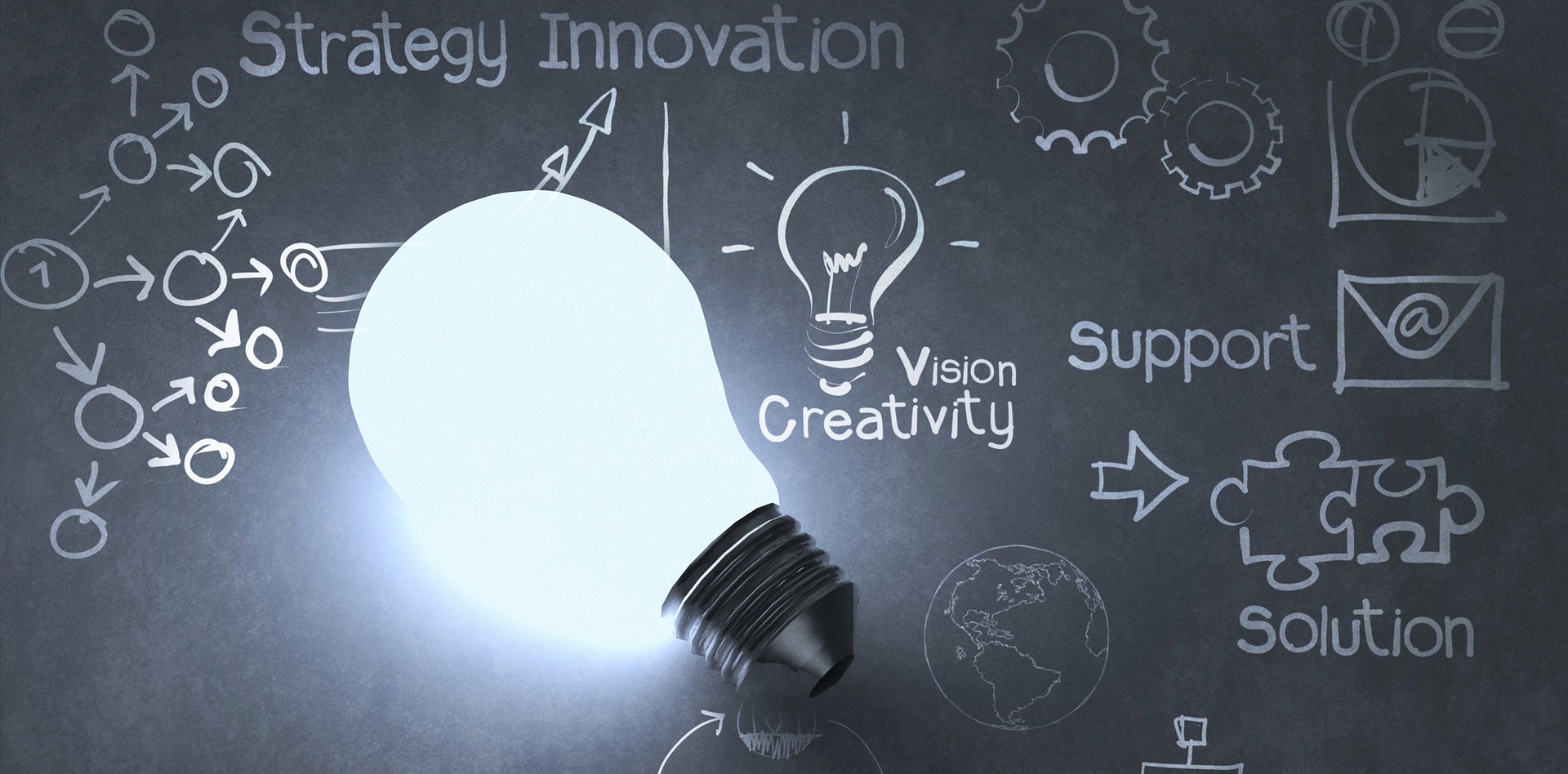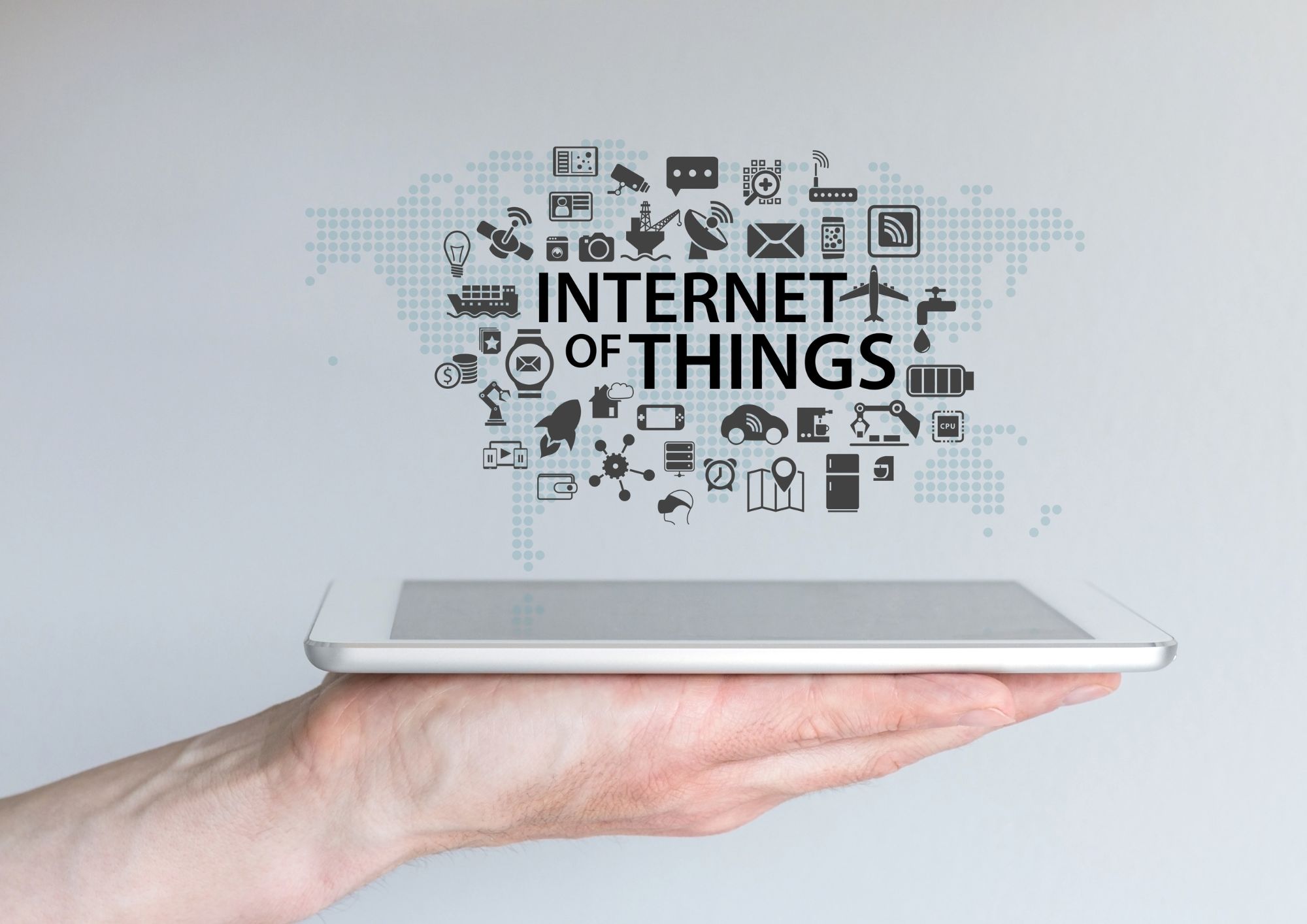The digital transformation in education is not just a trend; it’s a profound shift that is redefining the contours of learning and teaching. As technology continues to evolve at a breakneck pace, educational institutions and learners are increasingly embracing digital tools to enhance the educational experience. This blog post delves into how these innovations are creating more accessible, engaging, and personalized learning environments. Join us as we explore the future of education—a landscape where digital solutions are not just supplements, but essential components of the learning process.
The Evolution of Digital Education
The journey of digital education has been transformative, marking a significant departure from traditional chalk-and-talk methods to interactive and accessible learning platforms. This evolution reflects not only technological advancement but a shift in how we perceive education’s role in society.
- From Physical to Virtual Classrooms: Initially, digital education was a supplement to conventional education, with basic online resources complementing physical textbooks. However, the advent of high-speed internet and mobile technology has ushered in an era of virtual classrooms, making learning possible anytime, anywhere.
- Democratization of Education: Digital platforms have played a pivotal role in democratizing education. High-quality learning materials are now accessible to a global audience, breaking down geographical, economic, and social barriers.
- Adaptive Learning Technologies: One of the most exciting developments in digital education is adaptive learning technology. This approach uses algorithms to tailor educational content to the individual learner’s pace and understanding, ensuring a personalized learning experience.
Key Milestones in the Digital Education Revolution:
- The Rise of E-Learning Platforms: Websites like Khan Academy and Coursera emerged, offering free and paid courses to millions worldwide.
- Mobile Learning (m-Learning): Smartphones and tablets have become powerful educational tools, supporting interactive and engaging learning experiences through apps.
- Gamification: Incorporating game elements into learning to increase engagement and motivation. Platforms like Duolingo have successfully used this technique to make language learning more fun and effective.
- Massive Open Online Courses (MOOCs): These courses have enabled learners from all over the world to access high-quality education from prestigious institutions.
The digital education landscape continues to evolve, driven by innovations in technology and a growing recognition of the need for more flexible and inclusive education solutions. As we look to the future, the potential for further transformation is boundless, promising a world where education is more accessible, engaging, and tailored to individual needs than ever before.
Current Trends in Digital Learning
The landscape of digital learning is constantly evolving, with new technologies and methodologies emerging to enhance the educational experience. These trends are not only reshaping how information is delivered but also how it’s received and processed by learners. Here’s a closer look at some of the current trends in digital learning:
Interactive and Immersive Technologies
- Virtual Reality (VR) and Augmented Reality (AR): VR and AR are at the forefront of creating immersive learning experiences. VR transports users to a completely virtual environment, ideal for medical or flight simulation training. In contrast, AR overlays digital information onto the real world, enhancing the learning experience without creating a fully immersive virtual environment. These technologies make learning more engaging and can improve retention rates by offering hands-on practice in a controlled setting.
Artificial Intelligence and Machine Learning
- Personalized Learning Experiences: AI algorithms analyze learners’ behavior and performance to offer customized resources, adjusting the difficulty level and suggesting topics that require more attention. This personalized approach helps in catering to individual learning styles and speeds, making education more effective.
- Automated Administrative Tasks: AI is also streamlining administrative tasks for educators, from grading assignments to managing student inquiries, allowing more time for teaching and student engagement.
Gamification and Interactive Content
- Enhancing Engagement Through Gamification: The use of game mechanics in non-game contexts, such as learning platforms, increases motivation and makes the learning process more enjoyable. Leaderboards, points, and badges encourage participation and competition among students.
- Interactive Videos and E-books: These resources have transformed passive learning into an active experience. Interactive videos allow learners to engage with the content through quizzes and activities embedded within the video, while interactive e-books include assessments and animations to enrich the reading experience.
Collaborative Learning Platforms
- Social Learning: Platforms like Slack and Microsoft Teams facilitate collaboration and communication among students and teachers, mirroring the social media experience but in an educational context. This promotes peer learning and support, extending education beyond the traditional classroom setting.
Continuous Learning and Microlearning
- Bite-Sized Learning Modules: Microlearning breaks down complex topics into smaller, manageable units, making it easier for learners to digest information in short bursts. This approach is particularly effective for learners with limited time and caters to the modern attention span.
The Rise of MOOCs and Online Certifications
- Global Access to Education: MOOCs and online certification programs have democratized access to high-quality education, enabling learners worldwide to acquire new skills and advance their careers without the constraints of location or cost.
These trends showcase the dynamic nature of digital learning, highlighting the sector’s rapid adaptation to technological advances and changing learner needs. As digital technologies continue to evolve, so too will the ways in which we learn, promising a future of education that is more inclusive, engaging, and personalized.
Benefits of Digital Transformation in Education
The digital transformation in education is not merely a trend; it represents a comprehensive overhaul of traditional teaching and learning paradigms, ushering in an era of unprecedented access, personalization, and efficiency. This transformation has manifested in numerous tangible benefits that directly impact both educators and learners.
- Global Access: Breaks down geographical barriers, making education accessible to anyone, anywhere.
- Flexible Schedules: Allows learners to study at their own pace and on their schedule, accommodating different lifestyles.
- Personalized Learning: Utilizes adaptive technologies to tailor content to individual learning styles and speeds.
- Engaging Content: Incorporates interactive, multimedia, and gamified elements to make learning more enjoyable and effective.
- Cost Efficiency: Reduces the need for physical materials, making education more affordable and up-to-date.
- Collaboration Enhancement: Offers platforms for students and teachers to communicate and collaborate beyond the classroom.
- Lifelong Learning: Provides continuous opportunities for skill development and education, vital for career growth.
- Data Insights: Employs analytics for a deeper understanding of student performance, enabling targeted teaching strategies.
- Scalability: Easily accommodates more learners without additional physical resources, expanding educational reach.
The digital transformation in education is paving the way for a more inclusive, adaptable, and efficient learning environment. By embracing the myriad benefits it offers, educators and learners alike can navigate the challenges of the 21st century with confidence, equipped with the skills and knowledge necessary for success in a digital world.
The Future of Learning: Predictions and Innovations
As we stand on the brink of a new era in education, the promise of technological innovation beckons a future where learning is not just a phase but a lifelong journey, tailored to each individual’s pace and potential. The digital transformation within the educational sector is poised to dismantle traditional barriers, introducing a paradigm where access, personalization, and interconnectivity redefine what it means to learn. Below are the key innovations shaping this future:
- AI-Powered Personalization: Future learning platforms will leverage artificial intelligence to dynamically adjust the content, pace, and learning style for each individual, providing a custom-fit education experience that optimizes learner engagement and achievement.
- Immersive Technologies: Virtual and Augmented Reality will take learners beyond traditional classrooms into interactive, 3D learning spaces. Imagine studying marine biology within a virtual ocean or exploring the human body from the inside, making complex subjects more tangible and understandable.
- Blockchain for Education: This technology will ensure the security and verifiability of academic credentials, simplifying the management of educational records. It could revolutionize how achievements are tracked and shared across institutions and borders.
- Lifelong Learning Platforms: As careers evolve, the demand for continuous skill development increases. Digital platforms will offer accessible, on-demand learning opportunities for individuals at any stage of their career, facilitating quick adaptation to industry changes.
- Adaptive Learning Tools: Beyond personalization, future technologies will predict potential learning challenges and offer preemptive solutions, ensuring students remain on track. This proactive approach aims to close knowledge gaps before they impact learning outcomes.
- Global Learning Networks: Education will increasingly leverage global networks, enabling students from different cultures to collaborate on projects, share perspectives, and gain a global outlook. This will prepare them for a workforce where international collaboration is the norm.
- Digital Ethics Education: With the digital realm becoming integral to all aspects of life, educating students on digital citizenship—covering topics like privacy, data security, and ethical technology use—will be crucial. This ensures they not only thrive in a digital age but do so responsibly.
These points highlight a trajectory towards a more adaptive, immersive, and interconnected learning environment. By embracing these innovations, the educational landscape will become more effective, engaging, and equipped to prepare learners for the future.
Bottom Line
The bottom line? Education is going digital, making learning more tailored, engaging, and available to everyone, everywhere. Innovations like AI, VR, and online platforms are transforming how we learn, making it fit our lives better than ever. But as we embrace this digital future, we must ensure it benefits all learners, keeping education inclusive and accessible. The future looks promising, with endless opportunities for learning and growth at our fingertips.
Thank you for reading our blog, we hope you found the information provided helpful and informative. We invite you to follow and share this blog with your colleagues and friends if you found it useful.
Share your thoughts and ideas in the comments below. To get in touch with us, please send an email to dataspaceconsulting@gmail.com or contactus@dataspacein.com.
You can also visit our website – DataspaceAI


